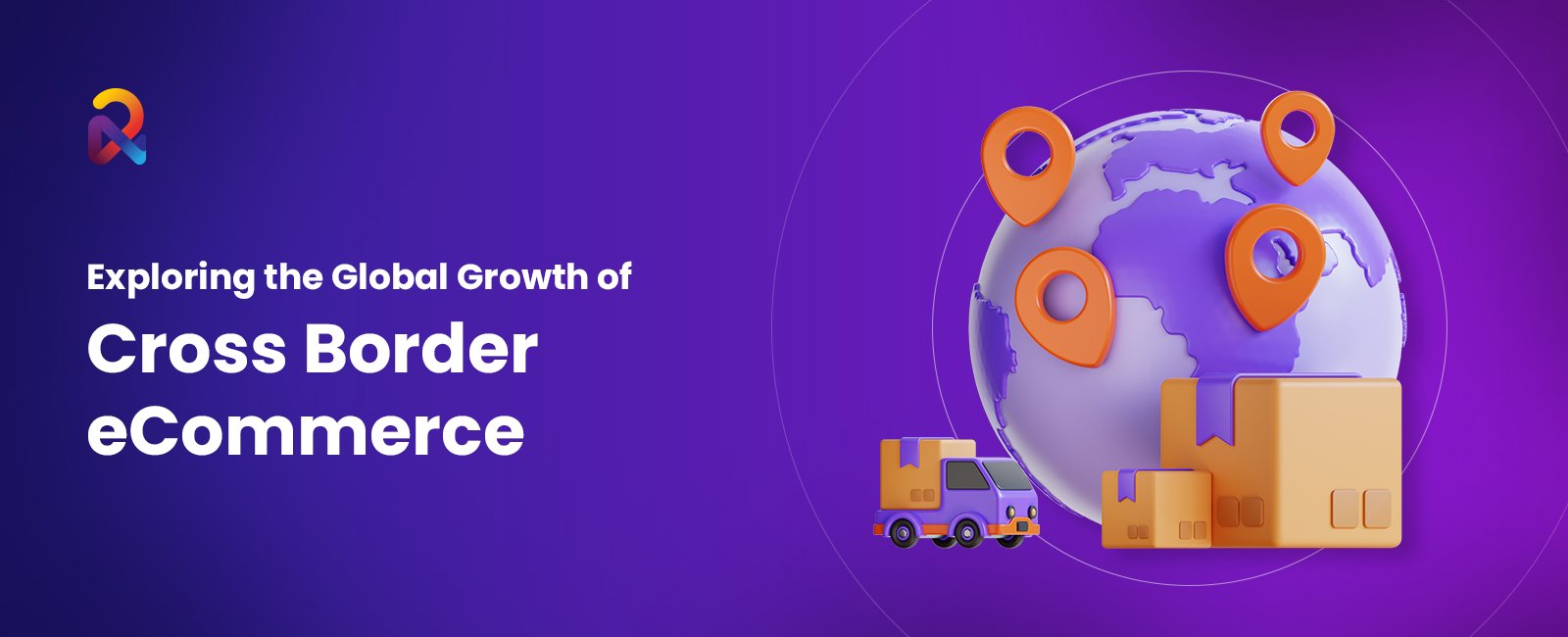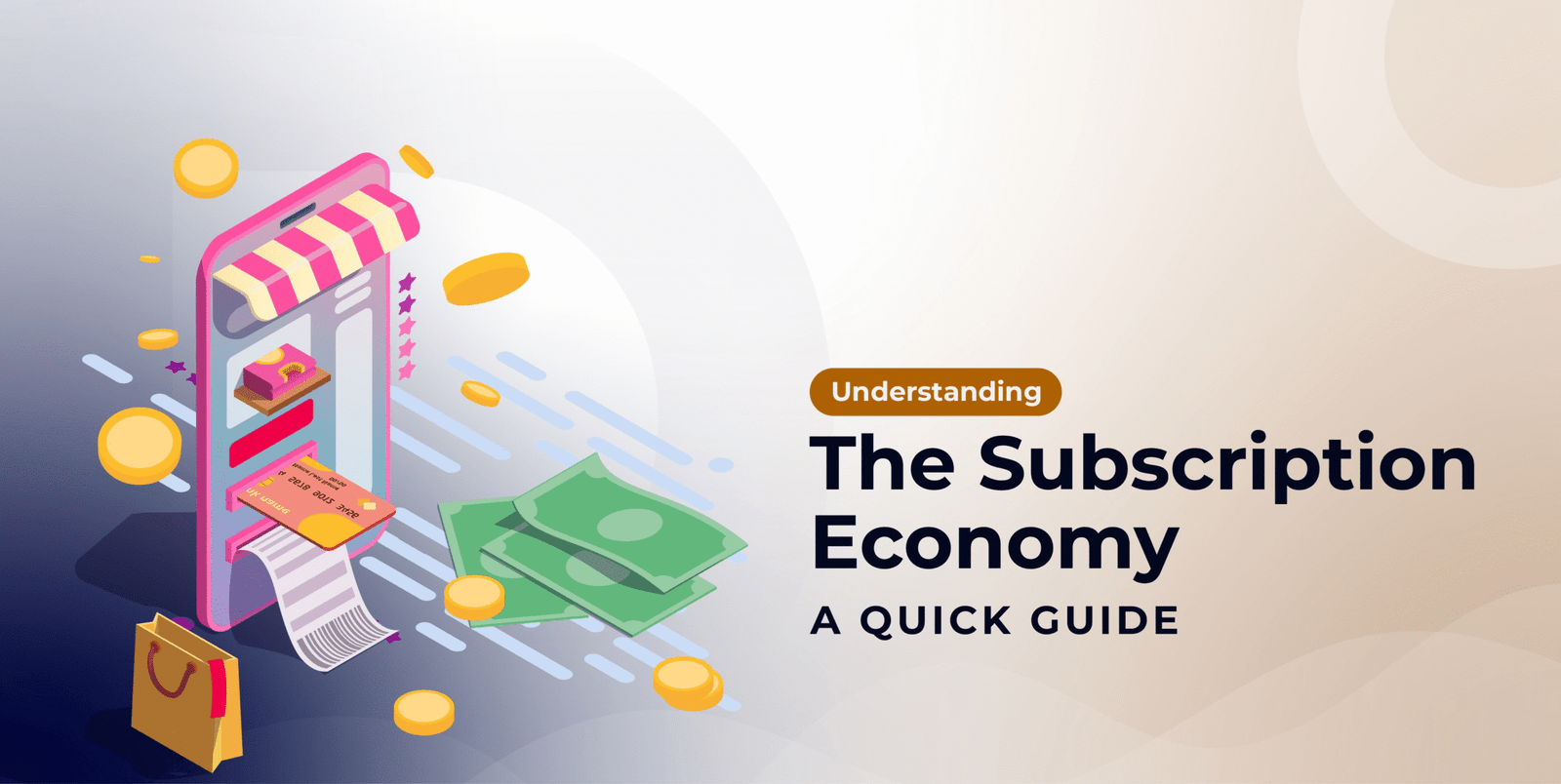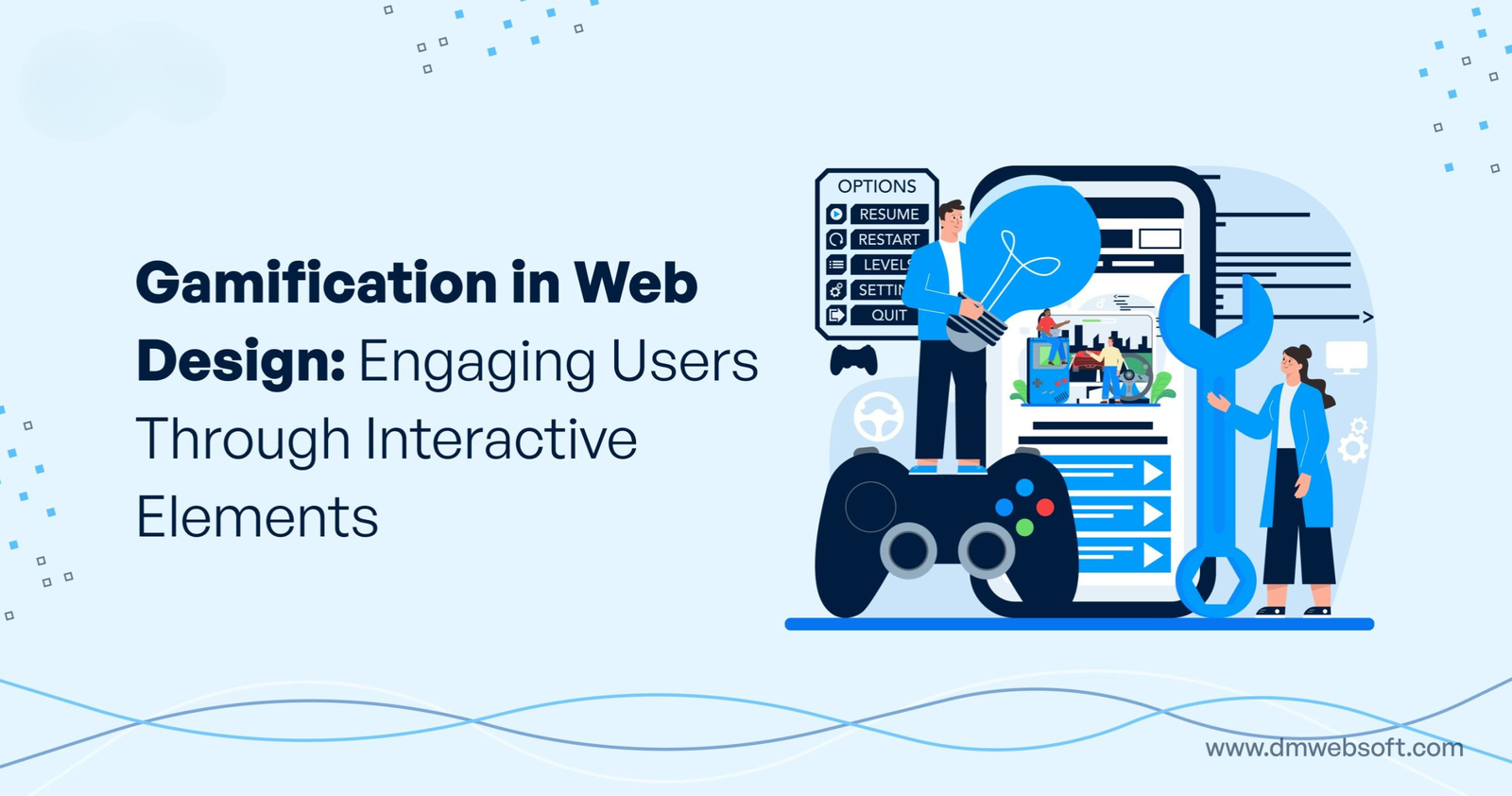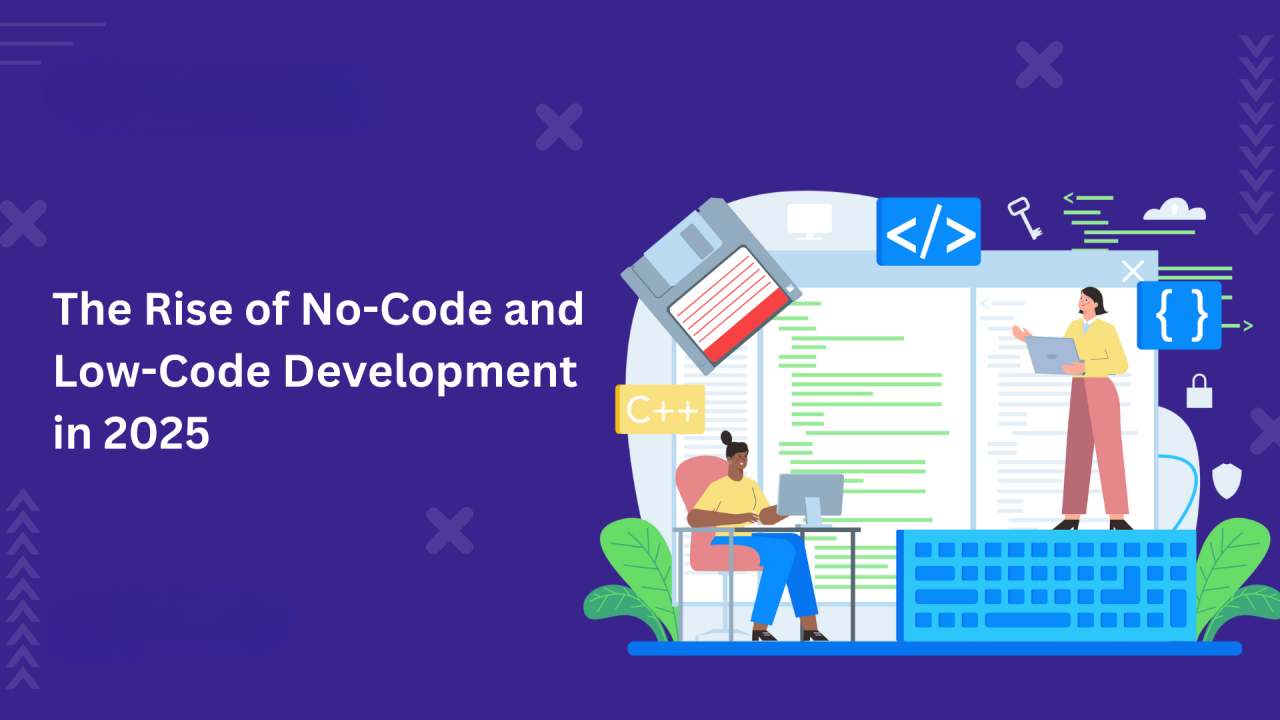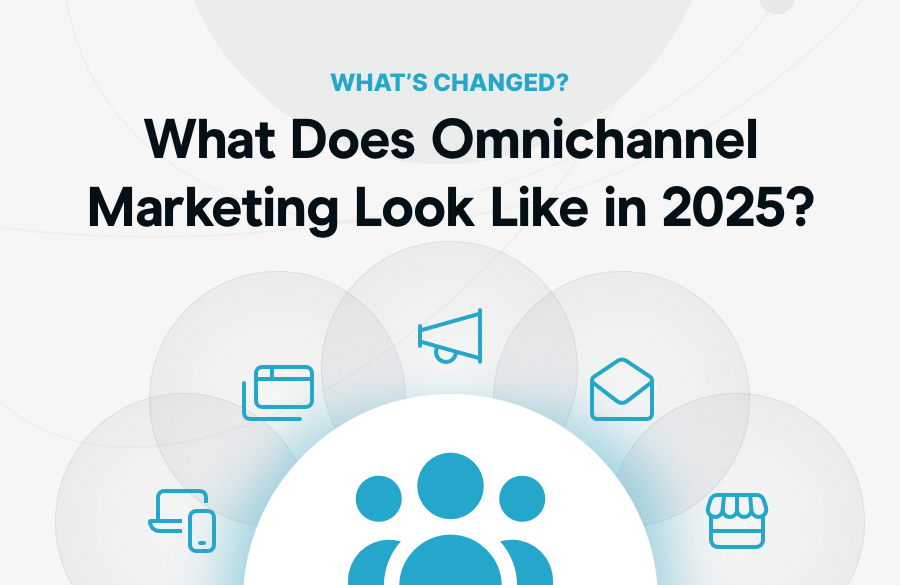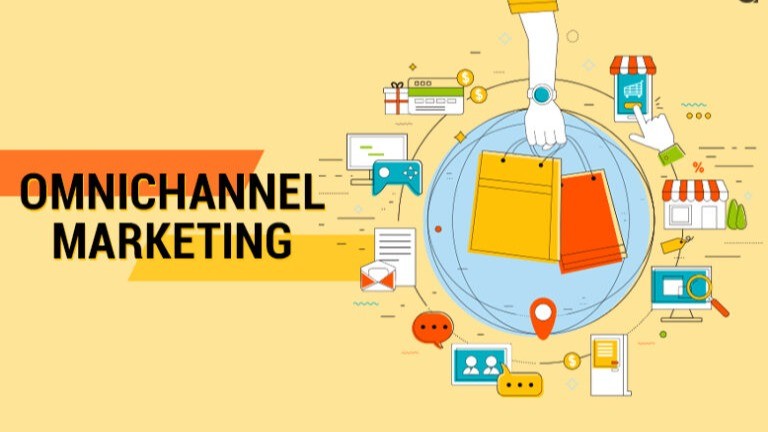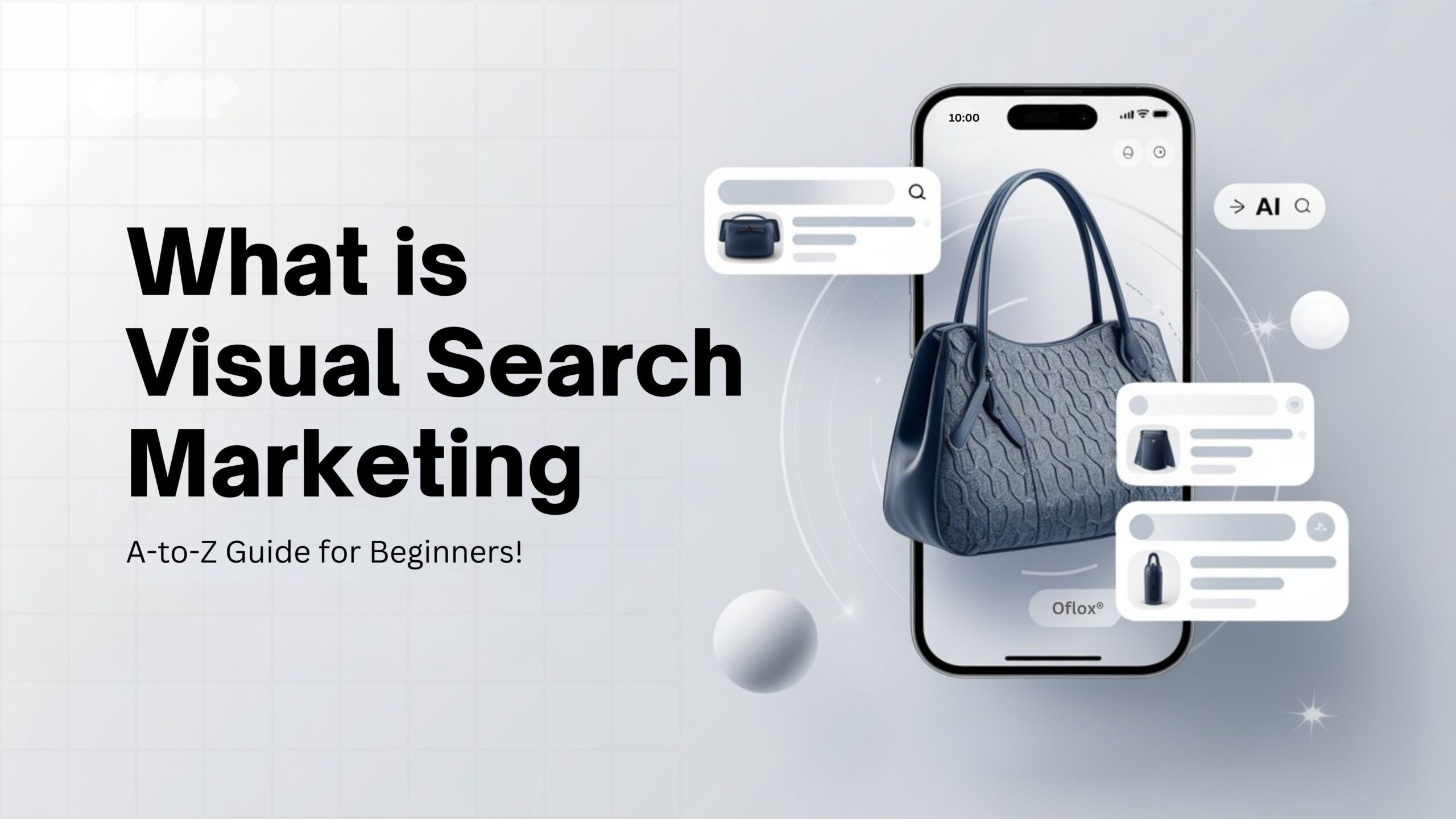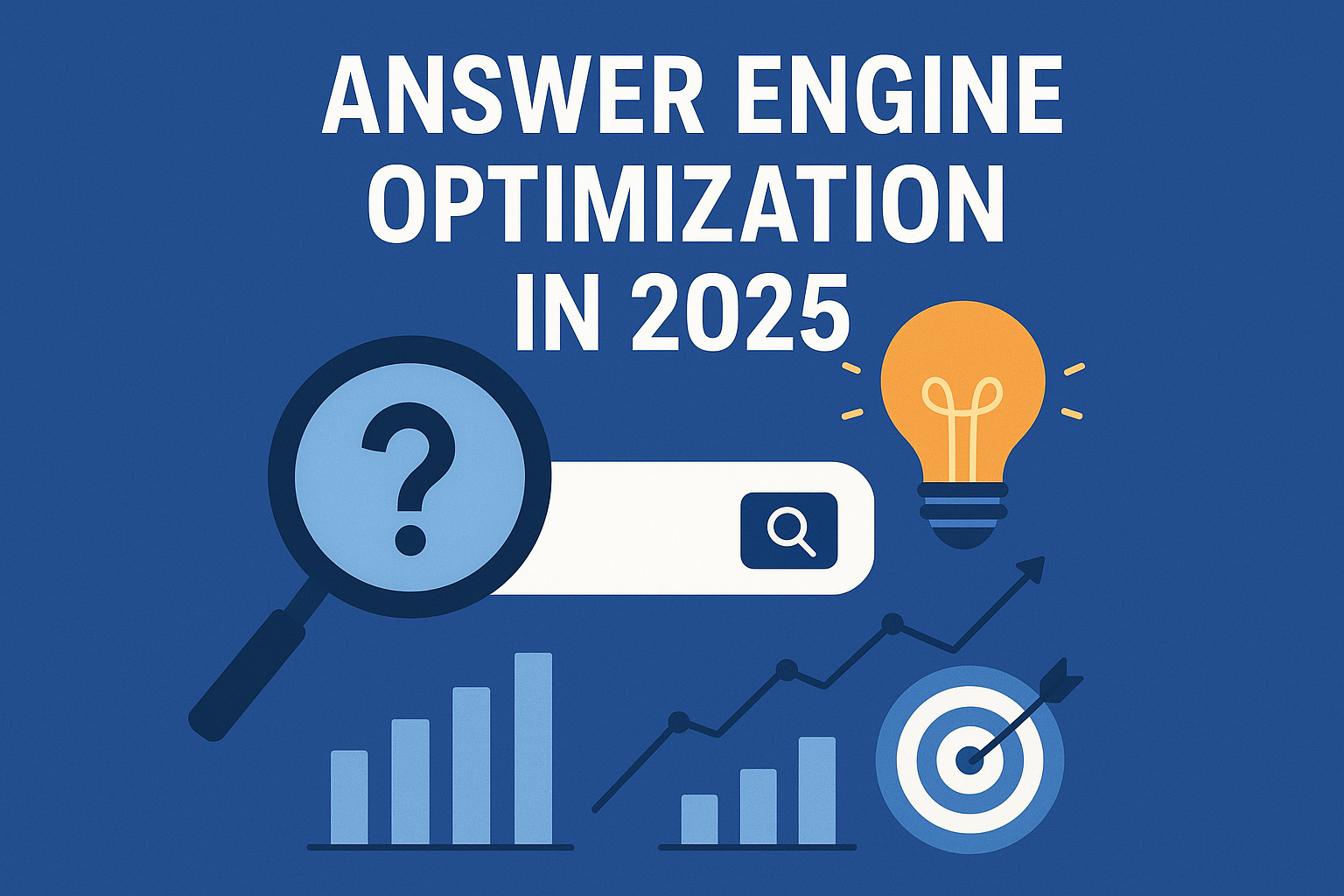Cross-Border E-Commerce in 2025: Strategies for Indian Businesses Going Global
In 2025, borders are no longer barriers — they’re digital doors. The world of e-commerce has blurred the lines between local and global. From Delhi to Dubai, Mumbai to Milan, Indian brands are selling to the world with a single click.
The concept of cross border ecommerce India 2025 reflects more than trade — it’s a story of digital ambition, cultural storytelling, and business transformation. As technology evolves, Indian companies are no longer confined to the domestic market. They are ready to conquer global audiences armed with innovation, authenticity, and powerful digital marketing strategies.
1. The Global Opportunity for Indian Businesses
The world is buying Indian — and 2025 is the turning point.
India’s e-commerce market is set to reach USD 350 billion, and the global cross-border market is crossing USD 6 trillion. That means Indian entrepreneurs have a golden window to expand worldwide.
Here’s why this surge matters:
- Affordable technology makes global selling easier than ever.
- Improved logistics and shipping networks link small cities to world ports.
- Digital payment gateways remove friction for international buyers.
- Government support through policies like Digital India, Startup India, and ONDC simplifies cross-border trade.
Together, these forces have turned “cross border ecommerce India 2025” into a thriving ecosystem of export-ready brands.
2. The Changing Face of Global Consumers
Global shoppers are evolving. They crave authenticity, quality, and transparency. Indian businesses are uniquely positioned to deliver that blend. From handwoven textiles to sustainable skincare, the world sees India as a symbol of heritage fused with innovation.
In 2025, the modern international consumer expects:
- Localized experiences — products and language tailored to their culture.
- Fast delivery — backed by efficient cross-border logistics.
- Transparent communication — clear pricing, no hidden fees.
- Sustainability — ethical sourcing and eco-friendly packaging.
Indian brands that align with these expectations don’t just survive globally — they shine.
3. Why 2025 Is the Defining Year for Cross-Border Expansion
A perfect storm of technology, trust, and trade is brewing.
Here’s why 2025 stands out for cross border ecommerce India 2025:
- AI-driven personalization makes it easier to connect with global buyers.
- 5G-powered logistics ensures real-time tracking and faster shipping.
- Unified payment systems support seamless international transactions.
- Digital marketing automation lets even small Indian businesses target customers in the US, UK, and UAE with precision.
The infrastructure is ready. The market is waiting. All that’s left is execution.
4. Key Strategies for Indian Brands Going Global
a. Localization is the Secret Weapon
Localization isn’t translation — it’s transformation.
Each country speaks its own digital language. A product that sells in Bengaluru might flop in Berlin unless it adapts.
- Translate listings, websites, and ads into local languages.
- Modify visuals and messaging to match cultural preferences.
- Adjust pricing, taxes, and shipping terms for each region.
Localization humanizes your brand. It shows respect — and respect builds trust.
b. Strengthen Supply Chain and Logistics
Delivery speed defines trust in the global market.
To win abroad, Indian brands must refine their logistics backbone.
- Partner with global courier services like DHL, Aramex, or FedEx.
- Use warehouse hubs in key locations like Dubai, Singapore, and London.
- Automate order tracking with AI and real-time data analytics.
By 2025, efficient logistics are no longer optional — they’re brand identity.
c. Offer Seamless Payment Options
Nothing kills a sale faster than a confusing checkout.
For cross border ecommerce India 2025, frictionless payments are a non-negotiable.
- Enable global gateways like PayPal, Stripe, and Razorpay International.
- Offer multi-currency support so customers pay in their local currency.
- Use AI-powered fraud detection to keep transactions safe.
When payments are easy, conversions rise. And conversions create brand loyalty.
d. Go Multilingual on Digital Platforms
Whether it’s your website, email marketing, or ad campaigns — go multilingual.
Use AI tools to create region-specific marketing content. A French buyer prefers French ads, a Japanese shopper prefers native-language product details.
Multilingual SEO also helps you rank in regional search results — giving your brand a massive organic advantage.
e. Build a Strong Global Brand Identity
Your brand should feel Indian — but speak international.
The strongest global Indian brands do this by:
- Highlighting authentic Indian craftsmanship and modern innovation.
- Using sustainable packaging and transparent processes.
- Engaging with customers through social media storytelling.
When global buyers see purpose and culture behind your brand, they don’t just buy your product — they buy your story.
5. The Role of Technology in Cross-Border Growth
By 2025, technology is no longer just an enabler — it’s a partner.
- AI predicts trends and personalizes the shopping experience.
- Blockchain ensures supply chain transparency.
- AR/VR allows customers to virtually “try” products before purchase.
- Data analytics helps brands understand which country to target next.
Smart tech adoption is the difference between surviving and scaling.
For example, Primea Biz helps Indian brands use these tools to expand visibility and boost ROI in global markets.
6. Marketing Strategies for Global Reach
Selling globally requires thinking globally — and marketing smartly.
a. Search Engine Optimization (SEO)
- Optimize your site for both Indian and international keywords.
- Include the keyphrase cross border ecommerce India 2025 strategically across your blog, product pages, and meta content.
- Focus on multilingual SEO to attract organic traffic from different regions.
b. Influencer Collaborations
Partner with local influencers in your target countries.
A small brand from Jaipur can reach millions in Paris if a trusted face shares it online. Authentic reviews break cultural barriers.
c. Paid Advertising
Run geo-targeted ads through Google Ads and Meta platforms.
Customize ad copy for local dialects, currencies, and offers.
d. Email & Content Marketing
Create region-wise newsletters and personalized campaigns.
Use storytelling — Indian heritage, craftsmanship, sustainability — to emotionally connect with your global audience.
7. Government Policies Fueling Cross-Border Trade
India is serious about empowering exporters.
Under the Foreign Trade Policy 2023, the government has simplified compliance for online exporters. The ONDC (Open Network for Digital Commerce) platform ensures smaller sellers get equal visibility.
Initiatives like:
- Ease of Logistics (E-LogS) platform
- Export Credit Guarantee Corporation (ECGC) support
- BIS certification reforms
…make cross-border trading smoother for Indian entrepreneurs.
These policies show how “cross border ecommerce India 2025” isn’t just a business model — it’s part of India’s digital growth narrative.
8. Case Studies: Indian Brands Going Global
- BoAt is exporting “Make in India” audio tech to 40+ countries.
- Mamaearth entered the UAE and US markets through localized campaigns.
- FabIndia uses digital storytelling to reach sustainability-conscious buyers globally.
Each of these brands combined cultural depth with modern strategy — a perfect reflection of India’s evolving digital economy.
9. The Challenges and How to Overcome Them
Global expansion isn’t all glitter. There are hurdles, but they’re conquerable.
| Challenge | Solution |
|---|---|
| High shipping costs | Partner with global logistics aggregators for shared-cost shipping |
| Tax & customs confusion | Use automated tax software and global compliance partners |
| Language barriers | Implement AI translation and multilingual customer service |
| Payment failures | Offer multiple international payment gateways |
| Brand visibility | Invest in SEO, influencer marketing, and content localization |
By anticipating these issues early, businesses can scale sustainably without losing sleep over customs paperwork.
10. The Future of Cross-Border E-Commerce in India
The next wave of cross border ecommerce India 2025 will be powered by:
- AI-led personalization
- Faster digital payments
- Sustainable global supply chains
- Hyper-localized marketing strategies
Indian SMEs will soon stand shoulder to shoulder with global giants. As infrastructure strengthens and trade barriers ease, the phrase “Made in India” will carry not just pride — but profitability.
Conclusion
Cross-border e-commerce isn’t the future — it’s the present.
In 2025, India stands at the center of global digital trade. For entrepreneurs and brands ready to take the leap, this is the time to scale, diversify, and tell the world your story.
With cross border ecommerce India 2025, the dream of global reach isn’t distant — it’s a strategy, and it’s yours for the taking.
Primea Biz stands with Indian businesses on this journey — helping them transform local strength into global success.



